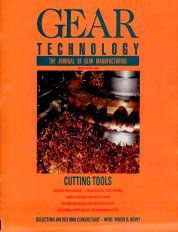When designing hardened and ground spur gears to operate with minimum noise, what are the parameters to be considered? should tip and/or root relief be applied to both wheel and pinion or only to one member? When pinions are enlarged and he wheel reduced, should tip relief be applied? What are the effects on strength, wear and noise? For given ratios with enlarged pinions and reduced wheels, how can the gear set sized be checked or adjusted to ensure that the best combination has been achieved?
